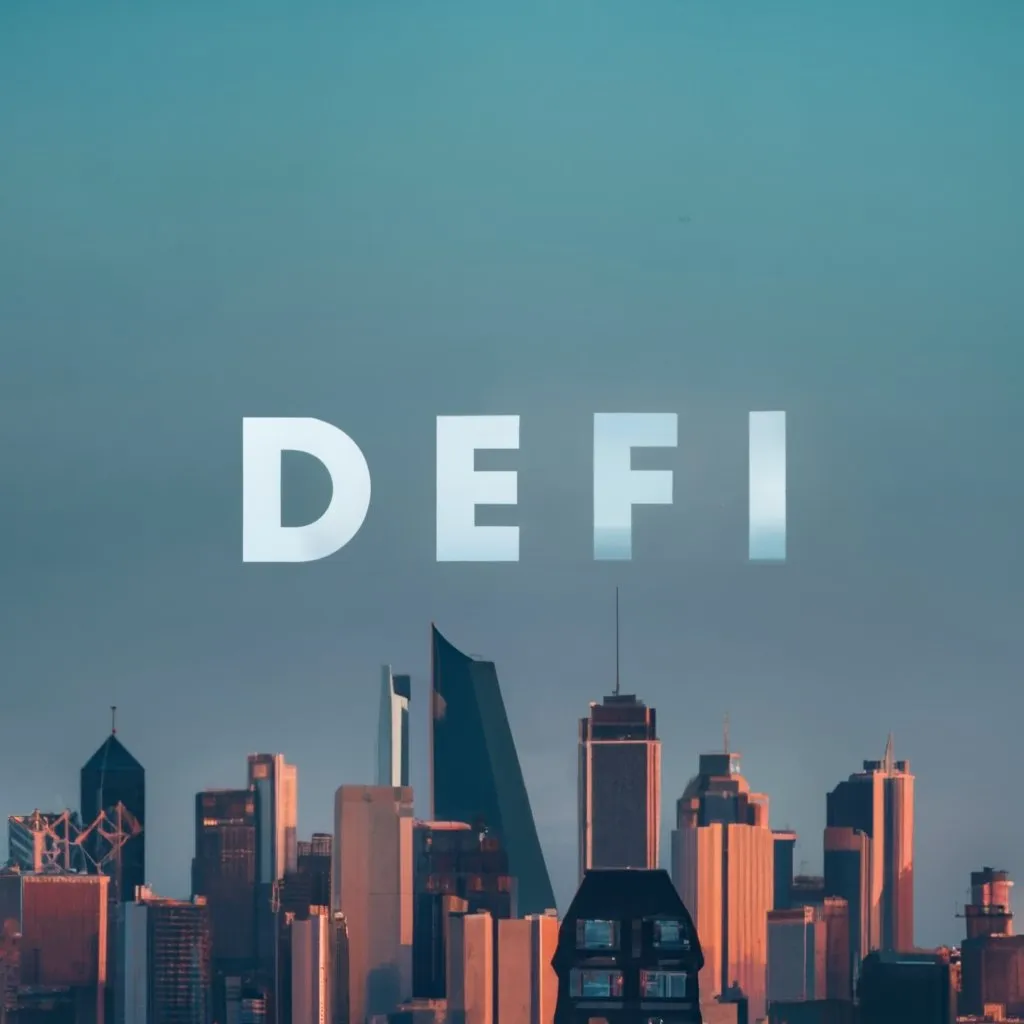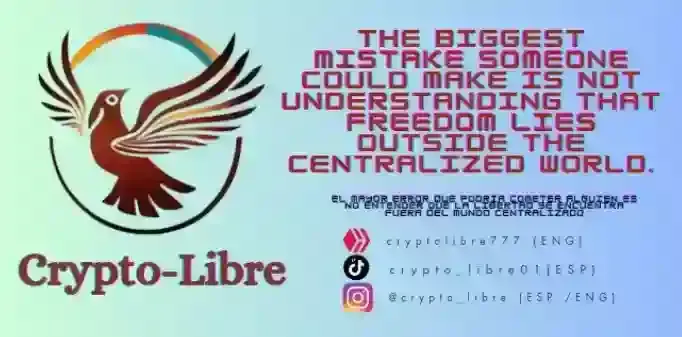
The rise of cryptocurrencies and blockchain technology has given way to a new paradigm in the financial sector: decentralized finance or DeFi. Unlike traditional finance, DeFi does not rely on centralized intermediaries like banks to perform financial transactions. Instead, it uses smart contracts and automated protocols run on public blockchains.
DeFi is proving to be a viable and disruptive alternative to centralized finance. It offers a number of advantages over traditional financial services, including greater efficiency, transparency, accessibility and innovation. Let's take a closer look at the transformative potential of DeFi.
Greater Efficiency
By eliminating centralized intermediaries, DeFi drastically reduces transaction costs and increases transaction speed. DeFi services like decentralized exchanges (DEX) enable the direct exchange of crypto assets between users without going through centralized exchanges. This results in lower fees for users.
Likewise, decentralized lending and savings through protocols like Aave and Compound do not rely on manual processes or approval from a central lender. Funds are transferred and allocated almost instantly through smart contracts.
Greater Transparency
DeFi bases its operations on public blockchains like Ethereum. This means that all transactions and agreements are visible to anyone, promoting transparency in the system. In addition, as open source, DeFi protocols can be audited by any developer, reducing the chances of fraud.
In contrast, the inner workings of traditional banks are not transparent to the public. DeFi gives more power to the user to verify how the financial system works.
Greater Accessibility
To access financial products in the traditional system, government identification, solid credit history and being banked are often required. DeFi facilitates access for anyone with an internet connection because there are no intermediaries who can prohibit access.
Any user can apply for a loan, save, invest in derivatives, tokenize assets and more. This helps democratize global finance and enables inclusion of millions of unbanked people.
Cutting-edge Innovation
DeFi drives financial innovation by allowing developers around the world to create new protocols and financial applications on public blockchains. This leads to unique solutions like decentralized stablecoins, prediction markets, risk hedging and more.
In addition, these applications can integrate with each other to generate complex financial products. A user could take an instant loan on Aave, swap the funds into stablecoins on Uniswap, and then invest in derivatives on Synthetix. All in minutes and without paperwork.
Risks and Challenges
While DeFi presents great opportunities, it also carries new risks like market volatility, smart contracts with bugs, and the possibility of hacks. In addition, DeFi regulation remains in a gray area in many regions.
Despite this, as the technology matures and gains adoption, the risks will be mitigated. The potential to radically transform the global financial infrastructure will make it worth continuing to develop this ecosystem.
In summary, decentralized finance is proving to be a viable and superior alternative to centralized financial services. It offers the potential for a more efficient, transparent, inclusive and innovative financial system.
While it still faces challenges in regulation, volatility and massive adoption, DeFi will likely continue to disrupt finance as we know it. Users around the world are already discovering the benefits of this new financial revolution powered by blockchain.
The images presented in the publication are my property and creation (Photopea)
